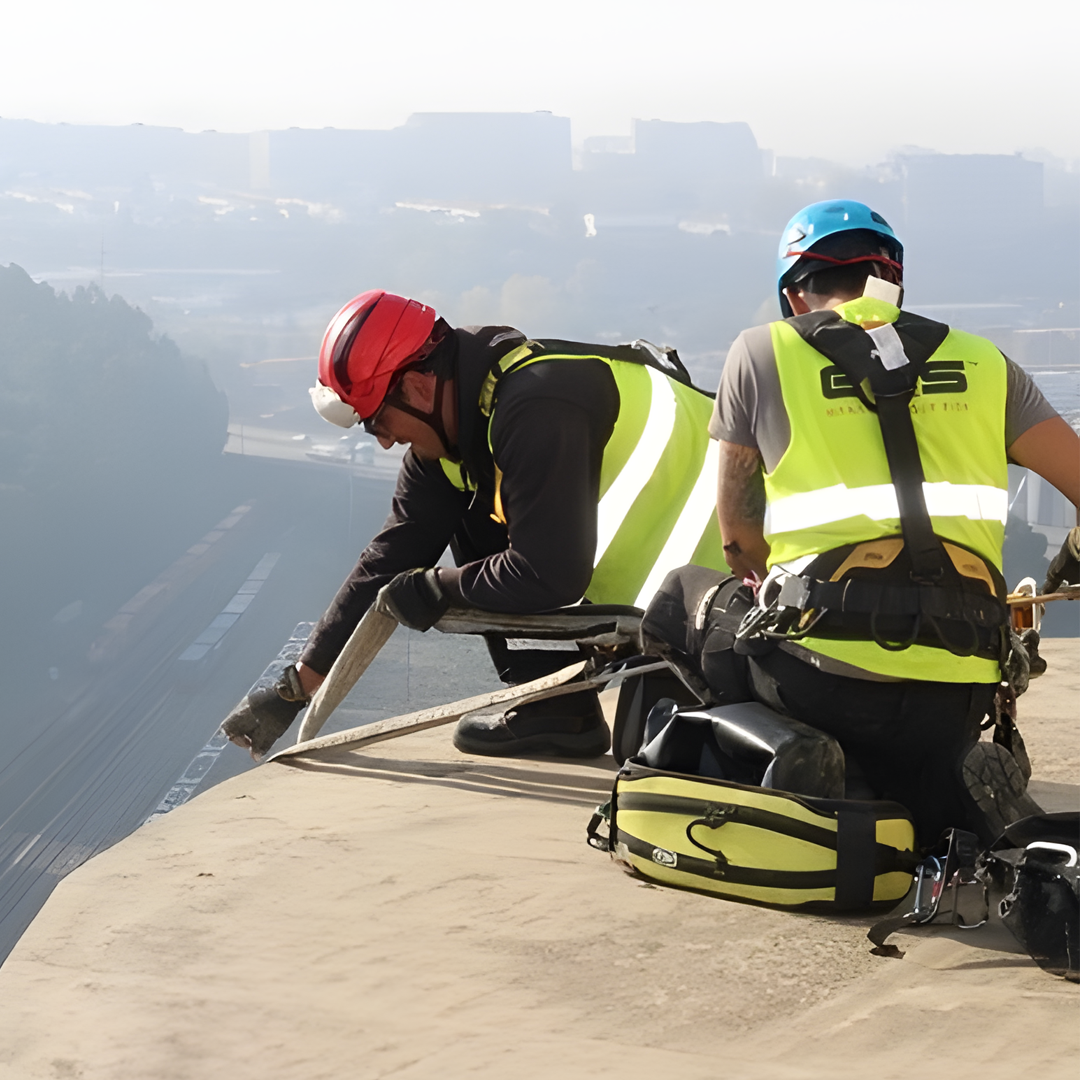REAL-TIME INFRASTRUCTURE MONITORING
Monitoring structural integrity has valuable potential for the efficient management of built heritage. Throughout the remaining useful life of the structures, their behavior can be monitored and the evolution of their performance can be assessed, making it possible to efficiently design the necessary maintenance interventions in accordance with the actual structural condition. The automation of the monitoring and diagnosis process, from data collection, through the interpretation of the structure’s condition, to the generation of alarms when structural damage is detected, gives rise to the concept of an intelligent structure applied to infrastructures.
The growing importance attached to collecting data in real time is largely due to its impact on increasing the lifespan of assets and reducing maintenance costs. By focusing on their current condition, analysis of the information obtained through monitoring makes it possible to predict failures, improve performance and prevent early degradation of different assets.
Used for storing products in various industries, reinforced concrete tanks and silos are assets that require special attention when it comes to maintaining their integrity, especially in terms of crack control and durability. The biggest challenge is maintaining integrity even under extreme conditions of temperature variation and various load conditions.
It is in this sense that periodic inspection and testing will be essential, making it easier to identify areas of significant deterioration before significant structural damage occurs.
It was with these objectives in mind that EQS, using its operational experience, IoT and/or conventional sensing systems and its proprietary asset management platform (UNO), installed a Structural Integrity Monitoring (SHM) system in agri-food silos.
Using this solution, it is possible to evaluate the asset’s behaviour in real time, together with the asset’s operating data, thus maximizing potential. To this end, the sensors have been permanently installed without the need to stop operations.
The information collected in the field is automatically processed and sent to the asset management platform (UNO). This data is contextualized and processed in order to achieve a quick and assertive decision-making process. The automatic data analysis module makes it possible to assess the safety and degradation of the structure, draw up reports and send alerts, as well as optimize the asset and reduce operating costs.
Listed below are 6 reasons why anyone in charge should consider this technology:
• Real-time monitoring;
• 3D visualization of Non-Destructive Testing (NDT) data;
• Automated data processing with instant end-to-end visibility;
• Intelligent Fitness-for-Duty Analysis;
• Wide range of communication protocols;
• API module for integration with existing applications
Information is produced in soft real time and adjusted to each hierarchical level of the companies, from operations and maintenance teams to top management, complemented by alarm systems to highlight deviations.
In this highly demanding context, digitalization is one of the tools that any industry can use to achieve a more efficient operation and achieve the demanding objectives set. It was with the aim of contributing to the Digital Transformation and bringing greater value that EQS secured recognition from the National Innovation Agency (ANI) for its suitability to carry out Research & Development activities.
Carlos Moreira
Business Unit Manager
Infrastructures



